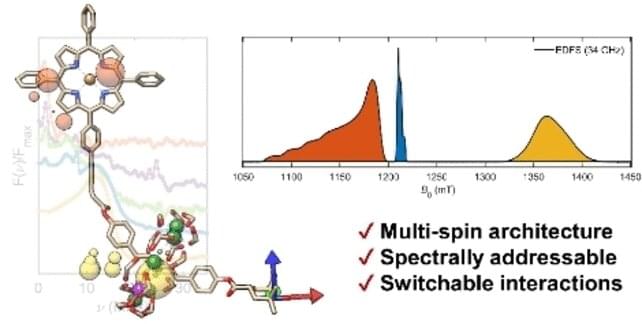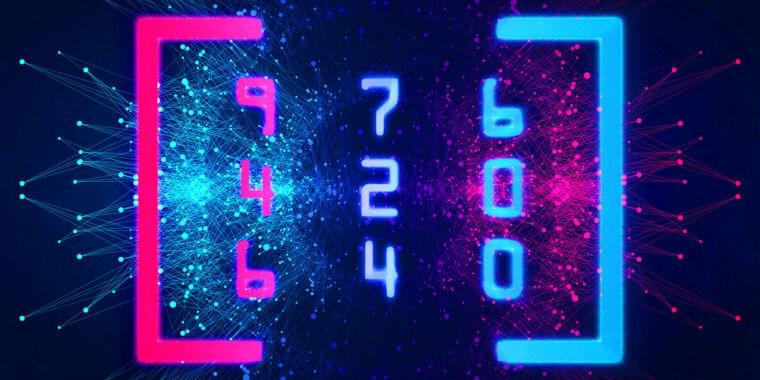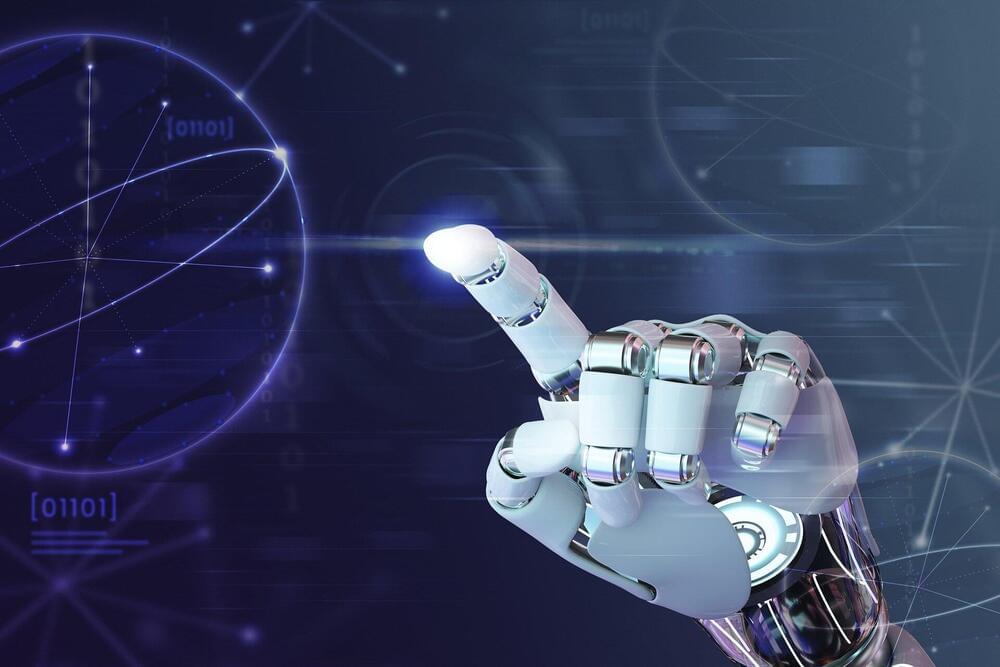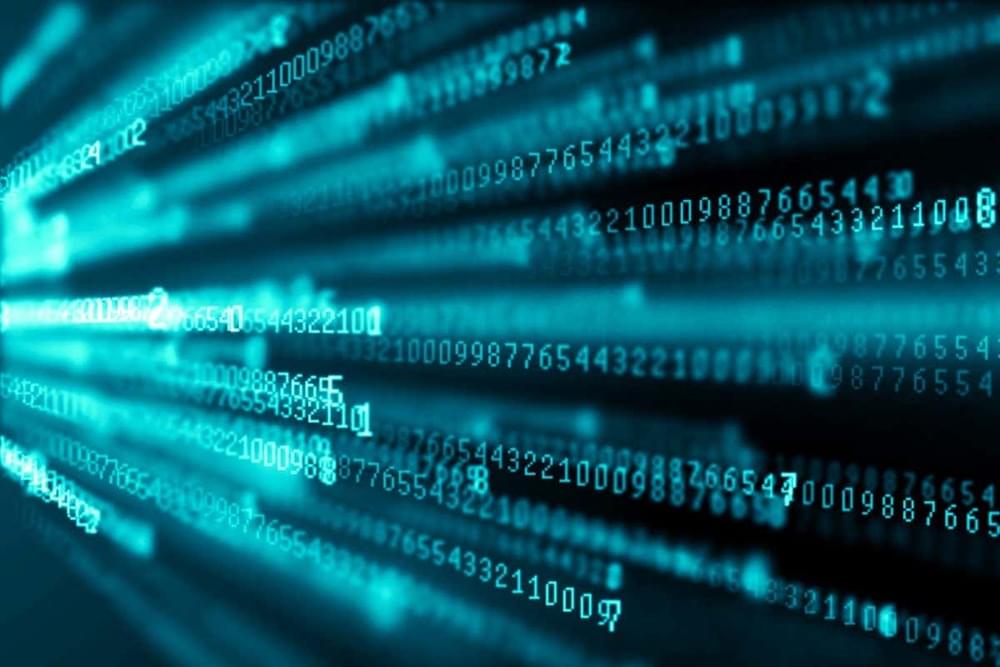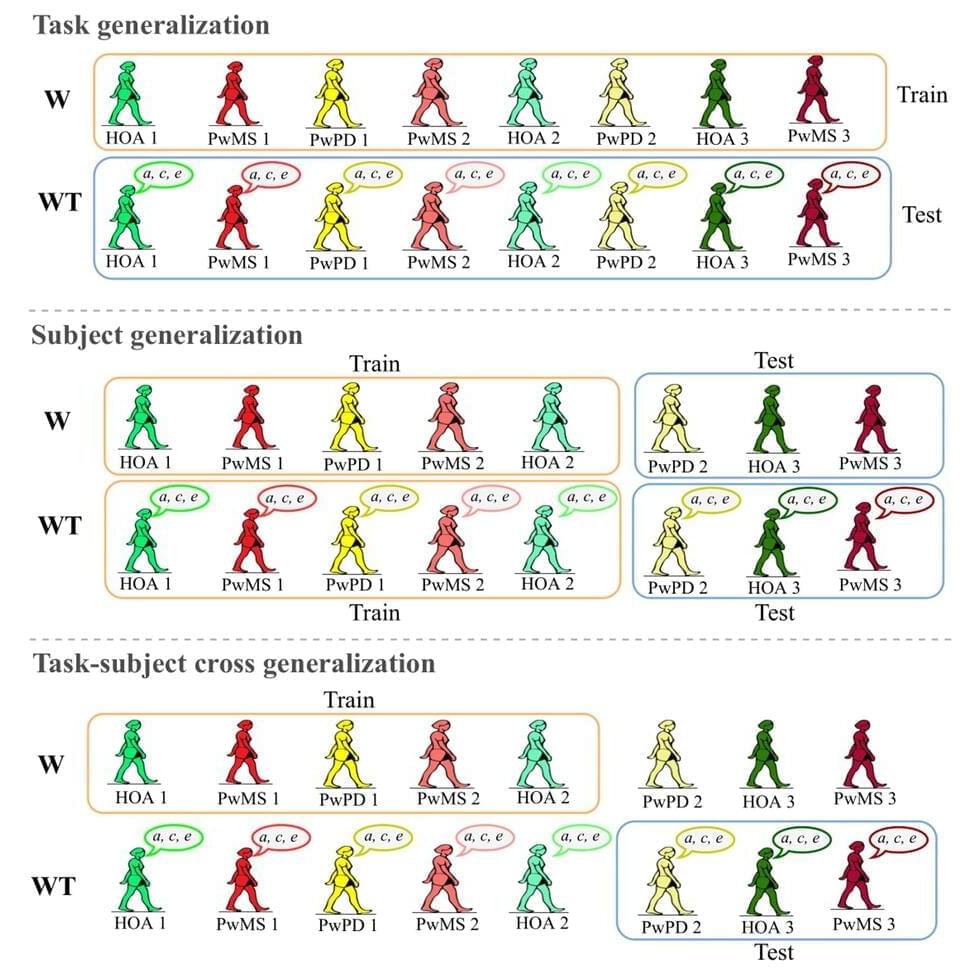“This exoskeleton personalizes assistance as people walk normally through the real world,” said Steve Collins, associate professor of mechanical engineering who leads the Stanford Biomechatronics Laboratory, in a press release. “And it resulted in exceptional improvements in walking speed and energy economy.”
The personalization is enabled by a machine learning algorithm, which the team trained using emulators—that is, machines that collected data on motion and energy expenditure from volunteers who were hooked up to them. The volunteers walked at varying speeds under imagined scenarios, like trying to catch a bus or taking a stroll through a park.
The algorithm drew connections between these scenarios and peoples’ energy expenditure, applying the connections to learn in real time how to help wearers walk in a way that’s actually useful to them. When a new person puts on the boot, the algorithm tests a different pattern of assistance each time they walk, measuring how their movements change in response. There’s a short learning curve, but on average the algorithm was able to effectively tailor itself to new users in just an hour.
